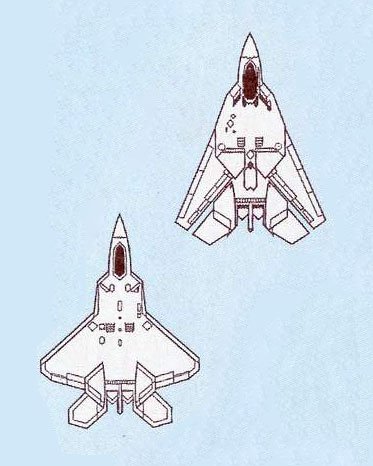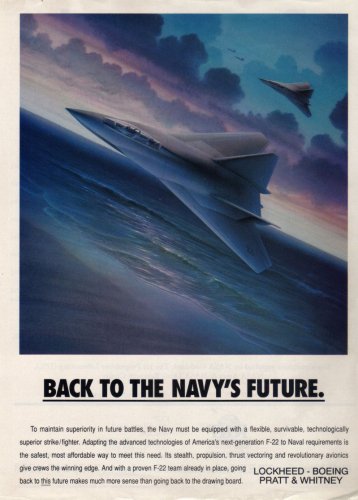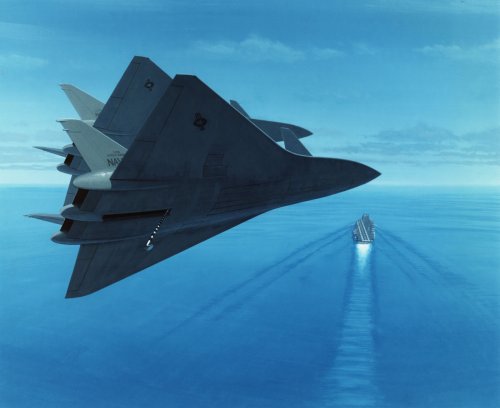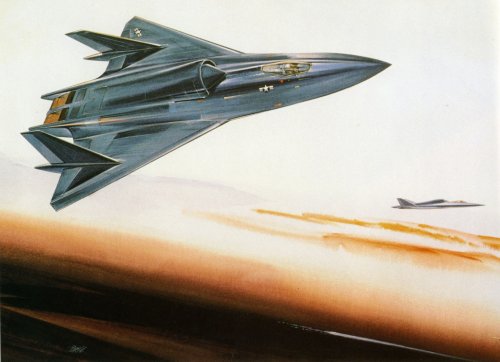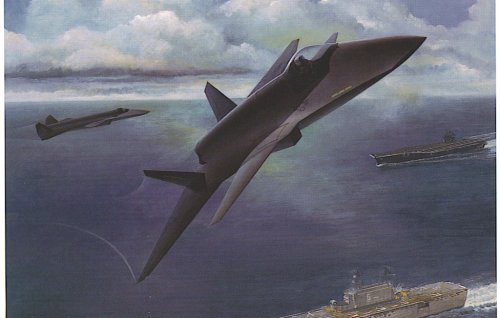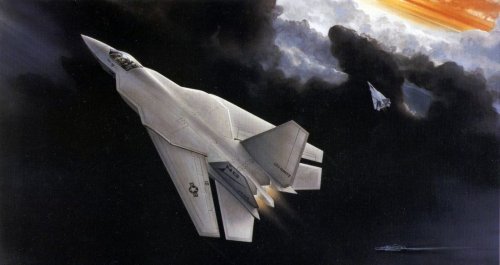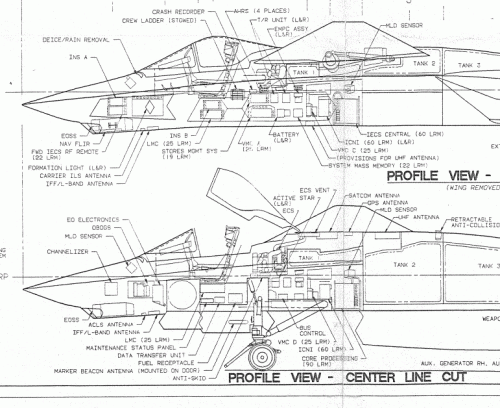Maki said:
I always wondered how stealthy VG wings can be. They seamed to have seriously considered them for NAFT and A/F-X ,which is not surprising since they perfectly fit the mission profile for these aircraft (very long loiter time, slower approach speeds for carrier landings..etc),but I can't help wonder if the stealth requirement was the downfall of NATF. It seams very difficult to make a stealth VG aircraft. The wing roots themselves seem like a nightmare for stealth designers, let alone the changing angles of the leading edges of the wings. I guess that was one of the reasons the Navy considered the NATF such a big technological risk :-\
VG might be harder to do stealthily, but it probably wasn't a big reason in the Navy's pullout. They wanted their fighter to be stealthy, but they didn't need the extremes AF wanted. After all, on some of their missions, like Fleet Air Defense, Combat Air Patrol, BARCAP and the like, their radars were going to be radiating like mad anyway, so the opponents were going to know they were around somewhere. In fact, in some cases that's an asset because it will make the opponents layoff the aircraft being escorted on the incoming's main target if they know they have to "deal with" defenders. If you don't mind, 'm going to liberally steal from myself for this next part of my theory from a post from another topic a year ago...
Some of Navy's reluctance can be laid to a statement made by AF around the time of the rollouts. Basically they said that the Navy would not be allowed to buy a version of the aircraft that was not selected for ATF. While this may seem to be a cost decision, keep in mind that the Navy and AF version were going to be built on separate production lines, anyway and what would primarily be common would be subsystems (including engines and fire control, although the Navy version would probably have been more capable). Possibly AF was wanting to avoid a repeat of the LWF situation, wherein the F/A-18A/B was noticeably more capable than the F-16 A/B (with the arrival of improved avionics in the Falcon C/D this gap was dramatically narrowed). Who knows, but this gave USN a lot of pause, and they were already worried about the cost of NATF. They wanted much (but not all) of the capabilities that AF was looking for in fighters, and they definitely wanted it to be dual role with a secondary strike capability, given the fixed amount of deck space. It seemed that they might have thought the AF model would be "too much" fighter and not enough other stuff. The NATF was going to be
very expensive, so if they couldn't get a version optimized for their needs, maybe they shouldn't continue through. They probably also thought that an advanced Tomcat, combined with AIM-152 could give them "enough" fighter and they could concentrate their bucks on attack. (Dick Cheney's cancellation of the F-14D was totally unexpected). An F-23 NATF with its larger weapons capacity could accommodate AIM-152, whereas an F-22 NATF might not have been able to. Also, Navy was a strong believer in IR guided missiles, while AF was not (at one point, according to press reports, AF argued that AIM-9 capability was unnecessary and recommended that it be removed from production F-22s in the interest of cost).
Given this, Navy was not too enthusiastic a proponent from that point on, and after the decision basically decided to drop out.

